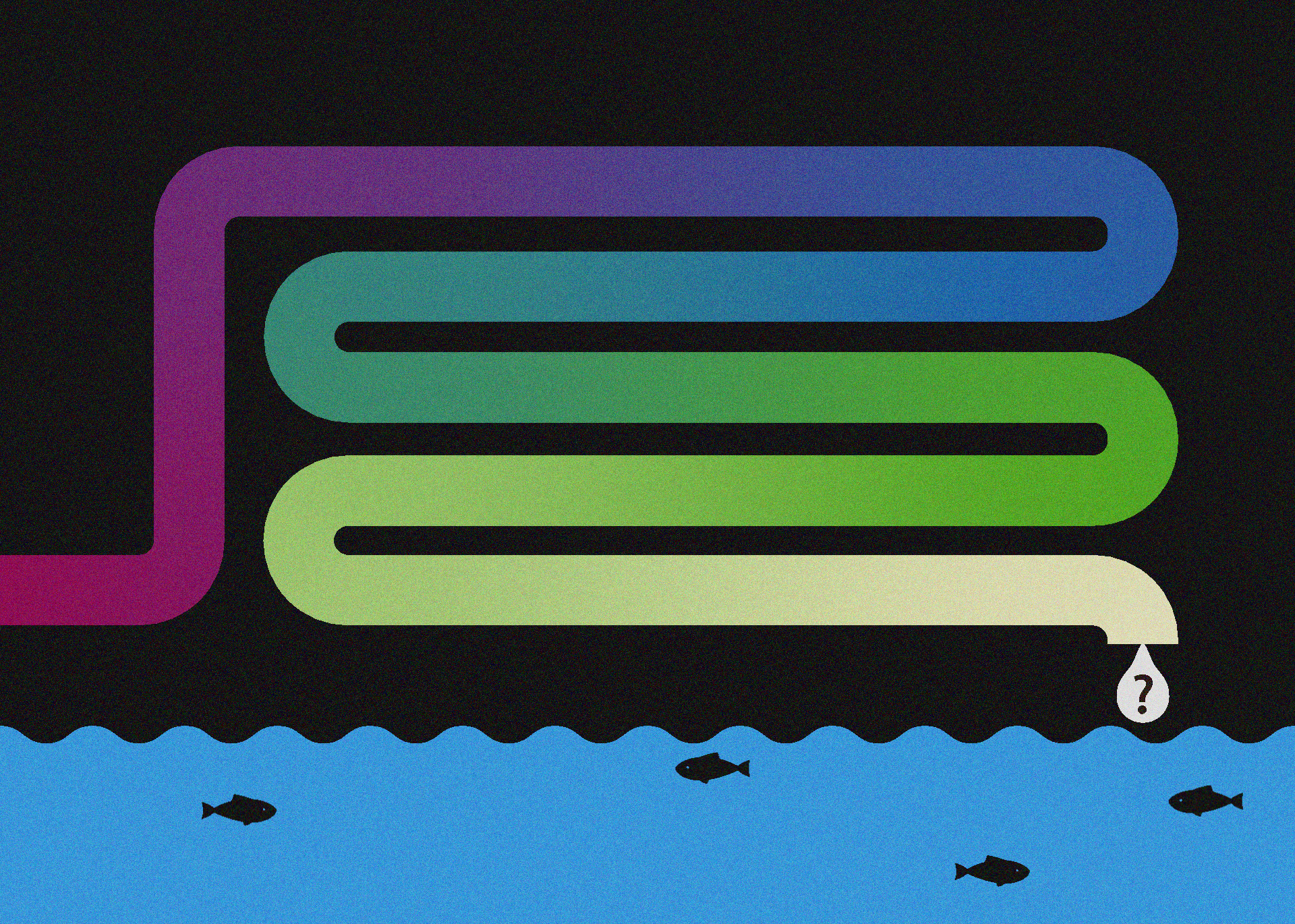Issue:
August 2023
Japan’s media have struggled to scrutinize the planned release of ‘treated’ water from Fukushima Daiichi

More than 12 years after the deadly tsunami that caused the Fukushima Daiichi nuclear accident, the power plant continues to make headlines.
They center on the fate of more than 1.3 million tons of wastewater stored in about 1,300 tanks at the plant. In April 2021, a special commission said that pumping the water into the Pacific, where it would be diluted, was the “most rational and feasible” solution for the government and the plant’s operator, Tokyo Electric Power (TEPCO).
The water issue has turned into a battle between TEPCO and the government on one side, and environmentalists and fishing communities on the other. The media have reported both sides of the argument, but have not as yet taken a position.
Reporters find it difficult, if not impossible, to verify information supplied by TEPCO or the International Atomic Energy Agency (IAEA), the U.N. nuclear watchdog. TEPCO has given journalists the opportunity to visit the plant and view the the ALPS (Advanced Liquid Processing System) that will be used to treat the water, showing journalists vials filled with water that are placed next to radiation counters, whose needles barely move.
The water appears to be safe, even if TEPCO engineers forbid people to drink it. Unfortunately, not even the most experienced journalists have the means to check the installations and verify official information. That is in the nature of covering issues like this. Skeptics, meanwhile, say that if the water is perfectly safe – as TEPCO insists – then surely there is no need to dilute it in the ocean. Why not just let it flow naturally?
Clearly, the Japanese media are inclined to believe TEPCO and the government, with the support of the IAEA, which in a recent safety review said the discharge plan was grounded in science and would have a “negligible” effect on the marine environment and human health. The measurements and simulations conducted at the site are intended to support this view.
It is true that many international experts believe the treated Fukushima water – which still contains a radionuclide called tritium after it has passed through the ALPS system – is no more dangerous than water from, say, the La Hague nuclear reprocessing plant in France.
That facility, located in Normandy, discharges 450 times more tritium into the marine environment per year than has been authorised at Fukushima Daiichi. But not everyone is convinced by this argument. According to a survey carried out in mid-July by the Fuji TV network, 37% of Japanese people opposed discharging the water into the sea, while 56.6% were in favour.
The fishermen remain opposed to the dumping operation, which is due to take place over a period of 30 to 40 years, possibly starting this summer. The government and TEPCO can present all the scientific evidence they like, but it will never be enough for fishing communities that have long since stopped trusting the utility and Japan’s nuclear authorities.
Trust has been eroded over a long period due to misinformation repeatedly given by TEPCO and the government. The media, meanwhile, failed to perform at least two essential jobs: analyzing and explaining the government’s poor communication operation, and explaining, with the support of experts, how to limit the damage to the reputation of seafood from the Tohoku region and other parts of Japan.
The Japanese government no longer has credibility with a section of the country’s population, or with people in China, South Korea and Hong Kong. It only has itself to blame, but has yet to realise that.
The final communiqué of the Hiroshima G7 summit said: “We support the IAEA’s independent review to ensure that the discharge of Advanced Liquid Processing System (ALPS) treated water will be conducted consistent with IAEA safety standards and international law and that it will not cause any harm to humans and the environment, which is essential for the decommissioning of the site and the reconstruction of Fukushima.”
However, in the Japanese translation issued by the Japanese government, the sentence was altered to read: “We support an independent review by the IAEA to ensure that discharges of water from the Advanced Liquid Processing System (ALPS), which is essential for the decommissioning of the plant and the reconstruction of Fukushima, are carried out in accordance with IAEA safety standards and international law and do not cause any harm to human health or the environment”.
The Japanese media did not expose the government for using an inaccurate translation. The government's aim was to use the G7 statement to validate its discharge plans. The domestic media should have insisted that the government state it would keep its promise, as outlined in the Japanese-language G7 statement, not to do anything that might harm human health or the environment. In addition, it had stated that it would not authorize the dumping of water into the ocean “without the understanding” of local fishermen, but did not define what it meant by "understanding" – an approach that could be used to ignore fishing cooperatives’ concerns.
Japan’s media often repeat the concern, voiced by TEPCO and the government, over damage caused by “harmful rumors” concerning the water discharge. But they do not look into the details of those rumors or attempt to explain how they might be mitigated. Yet it is their responsibility to investigate. The government has lost the credibility it needs to expose and denounce “fake news” in relation to the Fukushima disaster. The media, on the other hand, must make doing so their priority.
Karyn Nishimura is a correspondent for the French daily newspaper Libération and Radio France.

